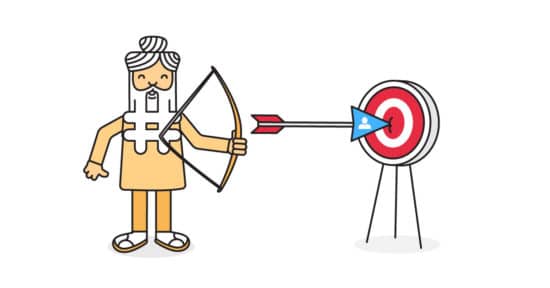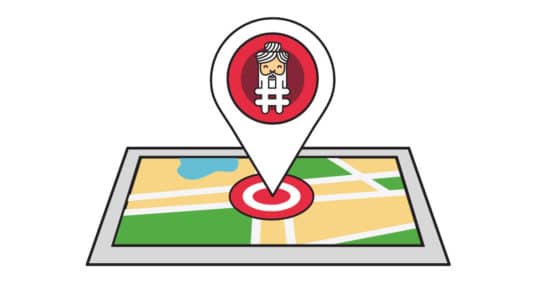How do I define my target audience?
What is a Target Audience?
To put it simply, your target audience is the segment of people you are providing your products and services for. Sometimes this group of people is also referred to as your “target market”.
Examples of business ideas and their target audiences would be:
- Online meditation course – Stressed professionals in high-pressure jobs
- Wedding photographer – Newly engaged couples in your city
- Musician – Event promoters and local venues
Why do you need a Target Audience?
One of the biggest mistakes that new businesses and brands make is trying to appeal to everyone. There is no point in spending time, energy, and resources trying to attract loads of followers that aren’t going to stay engaged. The best way to gain followers and maintain steady account growth is by targeting people who genuinely like the content you create and want to interact with your brand.
It may not seem all that important to identify your target audience when you’re feeling excited about launching your product or service to the world – but being that most of your business decisions will be based on this group of people, not doing so early on could really cause problems for you in the long run.
By defining and getting to know your target audience you will learn a wealth of information that will help you determine things like:
- The products and services you will offer, (or how to expand on your current offerings)
- What price points to set for your products or services
- How to design and present your brand
- The key words you will use in your content
- What kind of content you will use in your marketing efforts
- The benefits and features you will highlight in your content
- The layout and design of your social media profiles

How to define your Target Audience
So now that you know how important it is to have a target audience, how do you go about defining it?
Here is a list of characteristics to consider when figuring out the best audience to direct the bulk of your brand’s message towards:
- DemographicsDemographics are sets of data used to describe specific portions of the population – such as age, gender, occupation/industry, income bracket, and marital status.
- PsychographicsThese sets of data differ from demographics in the sense that they are harder to determine externally. Psychographics are more related to a group of people’s personality and pertain more to their interests, activities, attitudes, and opinions.Some examples of psychographics could be:InterestsHiking enthusiastsBeginning gardenersPet loversWorld travelersAttitudes / valuesPeople who believe a healthy work, life balance is necessaryPeople who care about sustainability and the environmentPeople who are always looking for the best deal&
- LocationAnother good way to define your target audience is by their location (town, city, or country) and distance from you or your business (within an “X” mile radius). If you’re running an online business you may not need to determine a specific location for your target audience. Over time however, you may see that a majority of your followers come from a specific city or country. You can either target those locations later or adjust your strategy to open more opportunities elsewhere.
Though it isn’t necessary to identify all of the above characteristics, doing your research on at least two is a good place to start. While focusing on only one set of data could leave you with still too broad of an audience, targeting based on too many factors could also narrow your audience more than you want. Find a sweet spot and start from there, as time goes on you can better decide who, how, and when you want to target a specific audience.

Using Target Market Tools
Even after going through these steps you may still have questions about exactly who your target audience is. For help narrowing things down and learning more about the people you’re trying to reach, the following online tools can be useful.
- Google Trends shows you the interest in a certain keyword or topic over time. This can be a good tool to use if you want to narrow down the location of your target audience and for applying trending data to your ongoing marketing strategy.Say you’re looking to open a bicycle shop in the US. Type different bicycle and cyclist related keywords into Google Trends and the results will show you which areas, cities, and states are most interested in bicycles. You can also see what time of the year people have the most interest in bicycles or if interest is steadily rising or falling.
- Facebook Audience Insights is a tool that can help you further identify and learn more about your target audience. By selecting different audience characteristics like age, location, interests, and behaviors you’ll learn more things about them. Results will give you helpful data such as the size of your target audience and any trends in demographics or psychographics.If you were thinking to open an ice cream parlor in Denver you would type “Denver” under location, and “Ice cream” under interests, and click search. Instantly, Audience Insights will show you that the majority of Facebook users interested in ice cream that live in Denver are between the age of 25 and 34. It will also show you that there’s a balance of male and female members in that target audience and that the size of your audience is between 80 and 90,000.It is important to know that most of this data is self reported and limited to users behaviors on Facebook. So, while these insights may not be 100% accurate, they can still give you a good overall image and idea of your target audience.
